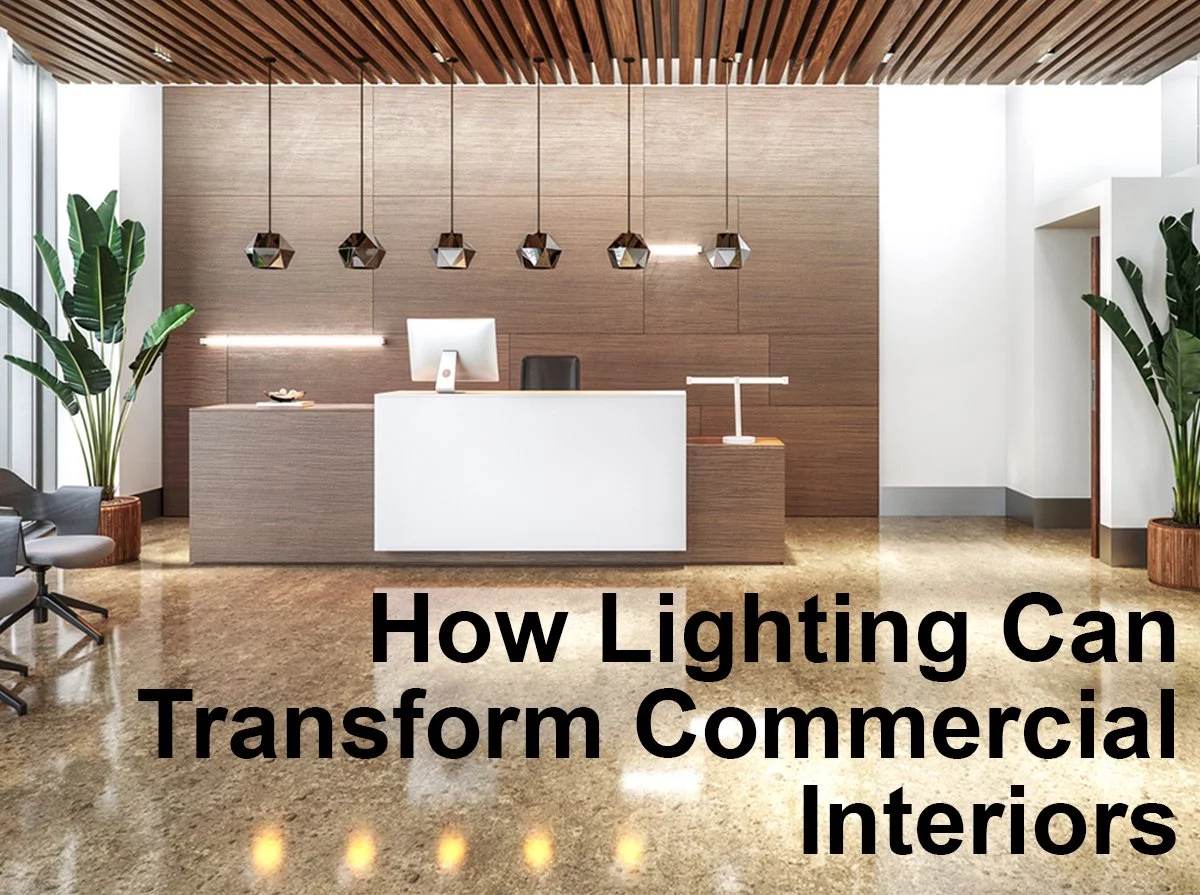Transform your hotel lobby with effective lighting solutions that enhance ambiance and guest experience. Discover practical tips to elevate your space now!
Hi.
Welcome to my blog. I document my adventures in travel, style, and food. Hope you have a nice stay!













